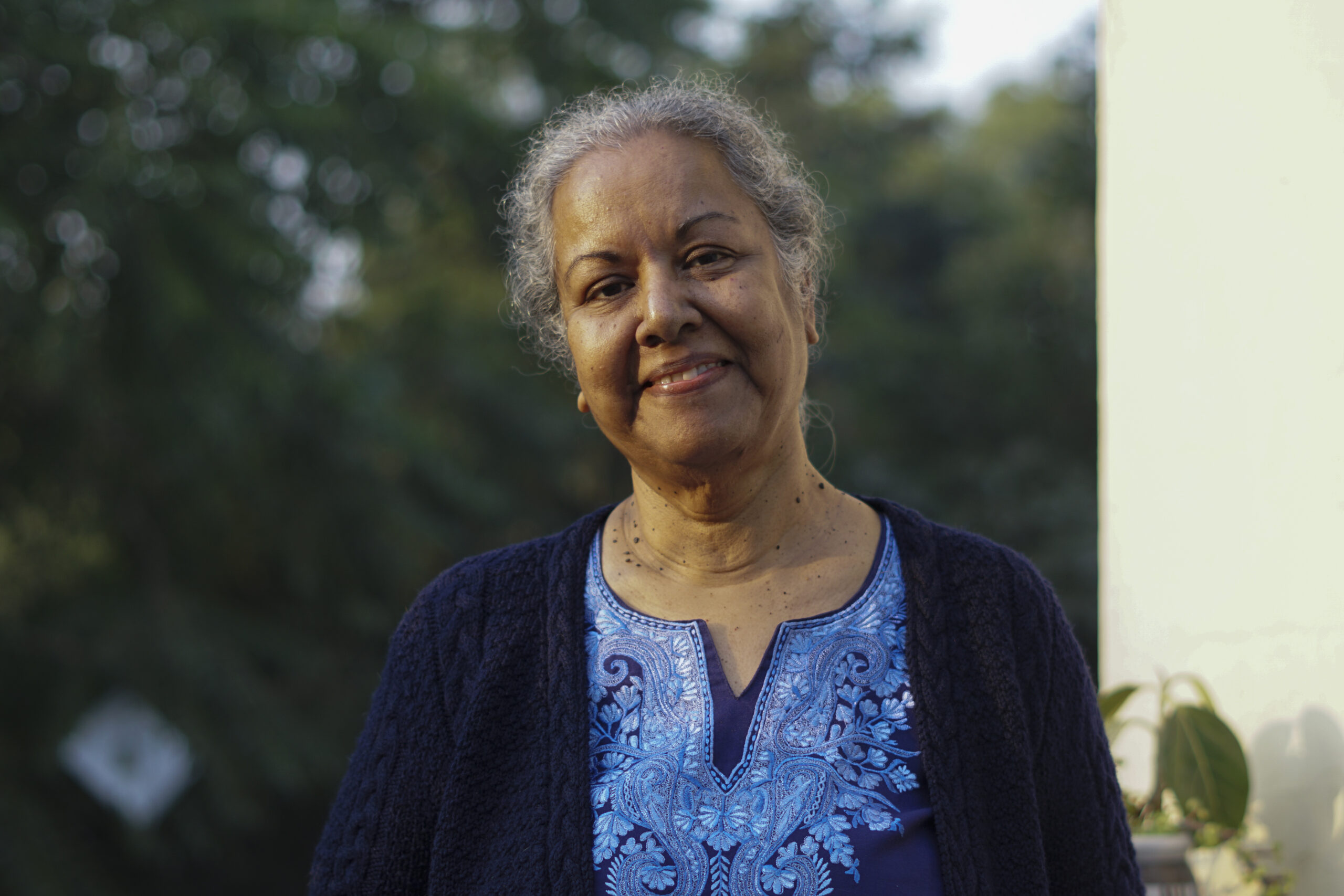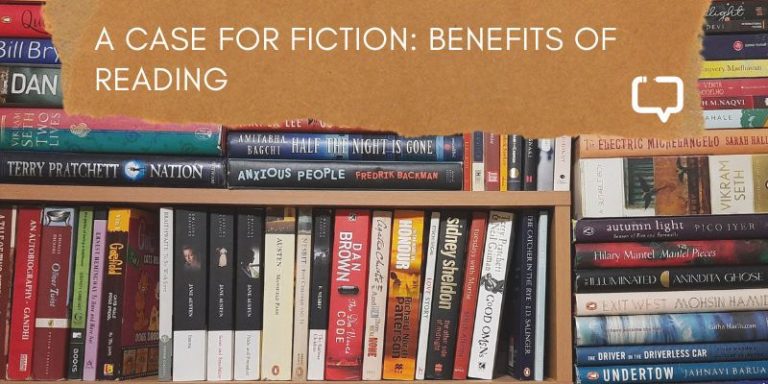Noor Jahan, Lakshmibai, Jodh Bai, Rajia Sultana and Jahanara. What’s common between these historical figures besides the fact that they were all strong women of their times? One, Hindi films have been made on all these personalities and two, they feature in the series “The Teenage Diary of”, published by Talking Cub, an imprint of Speaking Tiger Books. Out of all these figures, I was the most drawn to Jahanara because I realized I knew the least about her and wanted to rectify this.
We encourage you to buy books from a local bookstore. If that is not possible, please use the links on the page and support us. Thank you.
The Teenage Diary of Jahanara tells us the story of the life and times of a period of three years in the life of this Mughal Princess, from 1626 to 1628, in her own words. We see her and her world as this young girl takes to writing about her life and the lives of those around her in her diary, as she attempts to make sense of the world.
The Story
The book begins with Jahanara and her elder brother Dara waiting for the royal messenger who is supposed to be bringing the message from emperor Jahangir to his estranged son Shah Jahan. She is twelve years old as she begins writing in her diary and we witness with her the changes in the fortunes of her parents and their siblings as they move from Mandu to Nasik to finally Agra where Shah Jahan is crowned king. And there, Jahanara the Mughal Princess, bids us good night.
The right mix of fact and fiction
The Teenage Diary of Jahanara mixes fact and fiction with ease, and it gives its readers a sense of the time and the place it is set in a succinct yet interesting manner.
Sen Gupta never lets the facts tower over the storytelling, never lets the reader’s attention waver or make the story bogged down by history. At the same time, she also ensures that her readers witness the events that shaped Jahnara’s world. She never includes too much of historical details in one place. Instead, she gives it to her readers bit by bit, by linking the piece of information she provides with the events happening around Jahanara that she writes in her diary. We go back and forth in time and get an idea of all that has happened to Jahanara and her family up to the time of her diary entries. The world of Jahanara that we see is of make-believe for sure, but it is well-grounded in historical facts and therefore feels very real and engaging.
As we read the diary of Jahanara, we get a clear sense of her character. She emerges before her readers as a girl who is tender-hearted, poetically inclined and mature beyond her years.
The other characters of her brothers Dara and Aurangzeb as well as her sister Roshan Ara, her parents and her grandparents also emerge in her diary. The book also ensures that its reader learns a lot about Mughal politics, the Mughal army, the internal squabbles, the life in the zenana, the Mughal lifestyle, rivalries within the family over the Mughal throne and the Mughal-Rajput relations through marriage – but in a way where all this feels an organic part of the story. And because we see this all from the eyes of a young girl, we also witness her as she grows up to the harsh realities of life and comes face to face more than once with the difficulties of being a Mughal royal.
Fit for all ages
The simple language of the book also ensures that it is an easy read. At the end of the book, Sen Gupta also gives a short piece on the life of the “real Jahanara” and this adds to the value of the book for a young reader.
I only wished that there was a list of sources provided at the end for the reader to consult if they wanted to. But even without it, The Teenage Diary of Jahanara is definitely recommended for teenage readers who are interested in history and have a basic knowledge of the Mughal dynasty and the chronology of its rulers. At the same time, it is an equally good book for any adult reader who might want to brush their knowledge of history or know more about Jahanara.
Favourite Quote:






















